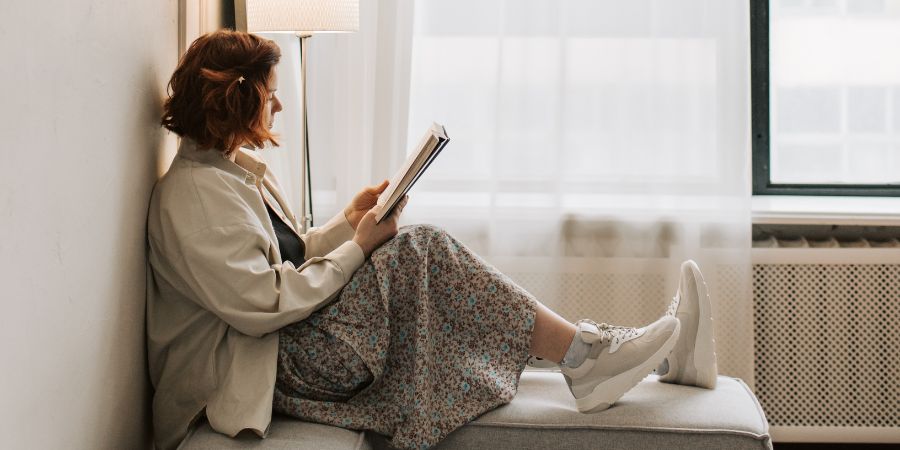When the clocks spring forward for Daylight Saving Time 2026 many of us will wake up feeling that something is off. The loss of one hour of time may seem small but research shows that changing the clocks can lead to measurable clock change effects.
For example, after the spring transition people get on average around 40 minutes less sleep on the first night. What this really means is that your circadian rhythm will shift, and your routine will feel slightly out of sync for a while. If you think this is just about darker mornings or lighter evenings you may miss how it touches work, mood, health and even social life.
Here is a closer look at how Daylight Saving Time affects your daily routine in surprising ways.
How the clock change will disrupt morning routines
When the time jumps forward one hour you will face a morning that arrives earlier than your body expects. Your internal clock still thinks it is sunrise at the old time and you will feel the mismatch. The result is a harder time getting out of bed, feeling groggy, or lacking morning light exposure.
Research points out that when morning sunlight drops people can experience lower levels of serotonin, which can affect mood. If you usually start work, go for a run or handle family duties early you may find that things feel slightly off. The surprise is how simple tasks, making coffee, walking the dog, commuting, may feel awkward because your internal timing is shifted. Your body expects one rhythm, your schedule offers another.
In practical terms you may wake up at what used to be your normal time, but now it is effectively one hour later. That means less morning light exposure, less alignment between body and clock. For example, if you normally rise at 6 a.m., after the change your body may act as though it is 5 a.m., dark, sluggish, and not quite ready. Adjusting this takes a few days; many people feel the drag for the rest of the week. Acknowledging this early gives you a head‑start. This is one way how Daylight Saving Time affects your daily routine subtly but significantly.
The impact on work performance and focus
What this really translates into for your workday is a dip in focus and increased mental fatigue. When your body clock is misaligned you lose cognitive sharpness. Studies show that after the clock change effects there is an uptick in car accidents and mistakes. At the office you may notice slower reaction times, more errors, or difficulty maintaining your usual pace. If you lead a team or handle writing, meetings or creative work you may feel less productive than usual, which can be frustrating when your standard is higher.
Few people anticipate this effect and assume things will roll on as normal. It may not feel dramatic but you may find yourself hitting a wall a bit sooner, or needing extra caffeine, or pulling through on will rather than on ease. Recognizing it lets you plan better, schedule lighter tasks early and push heavier ones later in the week when possible. Understanding managing work and sleep after clock change can help reduce stress during this adjustment period.
Effects on sleep, mood and health
Perhaps the most important area affected is sleep and its ripple effects. Losing an hour or shifting your rhythm creates what scientists call social jet‑lag. That misalignment plays out in increased risk for heart attack, stroke, mood disturbances and even metabolic issues. For example, a study found an 8 percent rise in stroke rate in the two days following the spring shift. The reason is that your circadian rhythm, the internal clock that regulates sleep, hormones, and bodily functions, depends on consistent timing and light exposure. When that is disrupted your system pays the price.
Beyond serious risks, there is a more common experience: feeling tired, irritable or less resilient. Your mood may drop, your capacity to manage stress may worsen and your sleep quality can suffer. The fact many people wake up earlier yet still feel tired means the body is still adjusting. It might take multiple days for melatonin production, the sleep‑onset hormone, to align with the new schedule. Knowing this helps you be gentler on yourself rather than assuming you will be back to full swing immediately. Learning about Daylight Saving Time 2026 impact on health and mood can help guide recovery. Coping strategies for coping with Daylight Saving Time 2026 sleep loss are essential to maintain well-being.
Changes in social life, exercise and leisure time
Because the time shift alters the balance between morning and evening light you may notice changes in your leisure routines. If you are used to going for a walk or exercising after work you might find that the light feels different or your energy is lower. If your kids do outdoor play or you meet friends later in the day the light‑evening dynamic may change. Some people may even push activity later into the day, which in turn may affect sleep onset.
Here is the surprising part: you might feel compelled to stay up later because of the extra evening light, yet your body is expecting the original time. That mismatch can lead to staying up later, waking up earlier, effectively reducing your sleep. Some studies show that days after the clock change effects people consume more calories and make less healthy choices. Recognising this ripple allows you to adjust schedules intentionally rather than drift into less optimal patterns. Practicing daily routine adjustment strategically helps offset these effects.
Practical steps to adjust smoothly to Daylight Savings 2026
Here is where you take control. To make the transition easier follow these steps:
- A few days ahead shift your bedtime and wake time by 10 to 15 minutes toward the new schedule. That gradual shift eases your body into the change rather than forcing a sudden leap.
- Expose yourself to bright light in the morning as soon as you wake up, opening windows, going outside, because morning light exposure is a powerful cue for your internal clock.
- Keep your evening dim and settle into routines that indicate wind‑down time. Avoid heavy screens late at night if possible.
- Recognise your work tasks this week may require extra rest or adaptation. Do not over‑schedule intense tasks immediately after the shift.
- Prioritise sleep. Even if you feel “okay,” aim for your usual seven to nine hours. The alignment matters more than just the hours.
- Give yourself patience. The adjustment may take several days; you do not need to punish yourself for feeling off. Treat the shift like mild jet‑lag without travel.
These steps do not guarantee you will feel perfectly normal right away but they significantly reduce the disruption. Think of the transition as a process rather than a single moment. Following tips to adjust to Daylight Saving Time 2026 can make the process smoother.
Conclusion
What this really means is that you are not merely changing the clock, you are nudging your internal system. The surprise is the breadth of effect: a seemingly simple one‑hour adjustment touches your sleep, mood, health, focus and circadian rhythm. In that sense Daylight Savings 2026 offers a moment of reset. Use the change as an opportunity: refine your morning routine, give priority to sleep, recognise that this week might demand extra care.
Here is the clear takeaway: treat the shift as part of your routine rather than something to ignore. If you acknowledge the disruption and take small, intentional steps, you reduce its impact and may even come out of it stronger. Let this be a signal to listen to your body clock and honour the rhythm it needs. Understanding how Daylight Saving Time affects your daily routine and implementing daily routine adjustment techniques ensures the Daylight Saving Time 2026 impact on health and mood is manageable.
When you do that, the clock change effects are less of an obstacle and more of a chance to realign your daily life. Adjusting to Daylight Saving Time 2026 is made easier with the help of the following tips that control work and sleep after the time change and set the stage for overall adaptation to Daylight Saving 2026. This part-by-part method helps you to deal with Daylight Saving Time 2026 sleep loss more conveniently and assures that your internal clock is so rapidly and rightfully adjusted.










